Up until recently I have been using Mathematica for my plots. Although it was a real pain and everything had to be done manually, the results where very close to what I wanted. One example is the following:

I really like the grey rounded rectangle in the background of the colorbar. While everything had to be adjusted manually in Mathematica, matplotlib is a lot more automatic and already produced nice results.

But there are still two problems I have:
- I don't know how to do a rounded rectangle in the background. I looked at the fancybbox patch but didn't get it to work with the colorbar as I want it to. What is the best way to get something like the Mathematica box? For the legend in plots there seems to be a fancy bbox option... but not for colorbars
- When I use the "lesser sign" (<) the label of colorbar moves too far to the right. How can I adjust this (maybe even "in-between" the numbers as in the Mathematica plot)?
I am looking forward to any suggestions pointing in the right direction :).
